PRISTANE
Synonym(s):2,6,10,14-Tetramethylpentadecane
- CAS NO.:1921-70-6
- Empirical Formula: C19H40
- Molecular Weight: 268.52
- MDL number: MFCD00008952
- EINECS: 217-650-8
- SAFETY DATA SHEET (SDS)
- Update Date: 2023-05-21 10:59:17

What is PRISTANE?
Chemical properties
colourless liquid
The Uses of PRISTANE
Pristane is a hydrocarbon oil adjuvant.
The Uses of PRISTANE
Lubricant; transformer oil. Anti-corrosion agent. Biological marker. In experimental systems to induce plasmacytomas; in production of monoclonal antibodies.
The Uses of PRISTANE
Pristane has been used as an inflammation-inducing agent, leading to myeloma development in BALB/c strain mice. It has been used as a rheumatoid arthritis-inducing agent in rats.
What are the applications of Application
Pristane is a hydrocarbon oil adjuvant widely used to induce tumorgenesis in mice and arthritis and lupus nephritis in rats.
Definition
ChEBI: A norterpene that is an acyclic saturated hydrocarbon derived from phytane by loss of its C-16 terminal methyl group.
General Description
Pristane is a natural saturated terpenoid alkane used in research on the pathogenesis of autoimmune diseases such as arthritis and lupus.
Biochem/physiol Actions
Pristane is a hydrocarbon oil adjuvant widely used to induce tumorigenesis in mice and arthritis and lupus nephritis in rats. It works as a adjuvant for monoclonal antibody generation in mouse ascites.
Purification Methods
Purify pristane by shaking it with conc H2SO4 (care, if amount of pristane is too small then it should be diluted with pet ether not Et2O which is quite soluble H2SO4), then H2O (care, as it may heat up in contact with conc H2SO4), dry (MgSO4), evaporate and distil it over Na. [S.rensen & S.rensen Acta Chem Scand 3 939 1949, Beilstein 1 III 570.]
Properties of PRISTANE
| Melting point: | -99 °C |
| Boiling point: | 68 °C/0.001 mmHg (lit.) |
| Density | 0.783 g/mL at 20 °C (lit.) |
| refractive index | n |
| Flash point: | 110 °C |
| storage temp. | Store at -20°C |
| solubility | DMSO : 100 mg/mL (372.41 mM; Need ultrasonic) |
| form | liquid |
| color | Clear colorless |
| Water Solubility | 0.01ug/L(25 ºC) |
| Merck | 14,7752 |
| BRN | 1720538 |
| Stability: | Stable. Combustible. Incompatible with strong oxidizing agents. |
| EPA Substance Registry System | Pristane (1921-70-6) |
Safety information for PRISTANE
| Signal word | Warning |
| Pictogram(s) |
 Exclamation Mark Irritant GHS07 |
| GHS Hazard Statements |
H315:Skin corrosion/irritation H319:Serious eye damage/eye irritation |
| Precautionary Statement Codes |
P264:Wash hands thoroughly after handling. P264:Wash skin thouroughly after handling. P280:Wear protective gloves/protective clothing/eye protection/face protection. P302+P352:IF ON SKIN: wash with plenty of soap and water. P305+P351+P338:IF IN EYES: Rinse cautiously with water for several minutes. Remove contact lenses, if present and easy to do. Continuerinsing. P332+P313:IF SKIN irritation occurs: Get medical advice/attention. P337+P313:IF eye irritation persists: Get medical advice/attention. |
Computed Descriptors for PRISTANE
New Products
6-Bromo 2-Iodo Indole Pyridine 2,4,6-Tricarboxaldehyde Fosfomycin EP impurity D Rimegepant Impurity 3 Ivermectin EP Impurity B Tubulysin B Tubulysin A Tubulysin H Tubulysin M (R)-tert-butyl (4-methyl-1-oxopentan-3-yl)carbamate 2-[2-[3(S)-3[2-(7-chloro-2-quinolinyl) ethenyl] phenyl-3- hydroxyl propyl] phenyl]-2-propanol Fuel shell 2-(1-(Mercaptomethyl) cyclopropyl) acetonitrile (1R,2S)-2-(3,4-Difluorophenyl)cyclopropanamine 2-[[(3aR,4S,6R,6aS)-6-Aminotetrahydro-2,2-dimethyl-4H-cyclopenta-1,3-dioxol-4-yl]oxy]ethanol ethanedioate Imeglimin Hydrochloride IH 4-(Azidomethyl)-3-chloropyridine 5-Aminophthalazine Benzene butanoic acid, 2-hydroxy-3-iodo-, methyl ester 3-Morpholino-1-[4-(2-oxo-1-piperidyl)phenyl]-5,6-dihydropyridin-2(1H)-one 2-Ethoxy-4-nitrobenzoic acid 3,6-Bis(4-iodophenyl)-2,5-dihydropyrrolo[3,4-c]pyrrole-1,4-dione 4,6-difluoro-1H-indole 4-bromo-7H-pyrrolo[2,3-d]pyrimidineRelated products of tetrahydrofuran

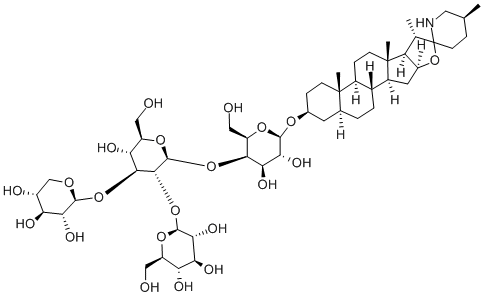
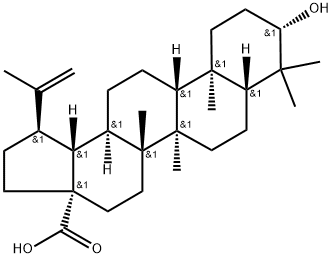
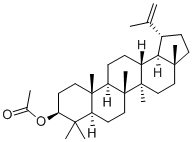
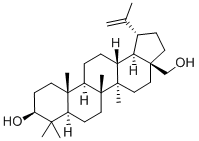

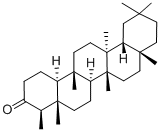
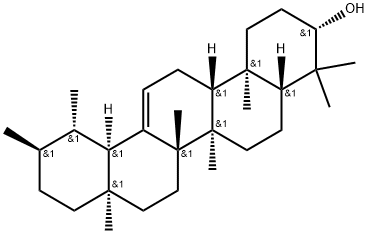
You may like
-
 2,6,10,14-Tetramethylpentadecane CAS 1921-70-6View Details
2,6,10,14-Tetramethylpentadecane CAS 1921-70-6View Details
1921-70-6 -
 Pristane CAS 1921-70-6View Details
Pristane CAS 1921-70-6View Details
1921-70-6 -
![3,6-Bis(4-iodophenyl)-2,5-dihydropyrrolo[3,4-c]pyrrole-1,4-dione](https://img.chemicalbook.in//ProductImageIndia/2024-09/Raw/54575d9a-6e8e-412f-ab6d-3557d5ed92e3.jpg) 3,6-Bis(4-iodophenyl)-2,5-dihydropyrrolo[3,4-c]pyrrole-1,4-dioneView Details
3,6-Bis(4-iodophenyl)-2,5-dihydropyrrolo[3,4-c]pyrrole-1,4-dioneView Details
952145-70-9 -
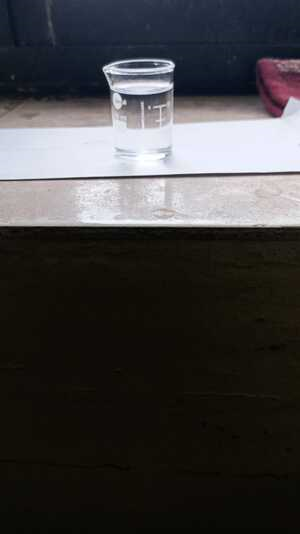 Sidchem 730View Details
Sidchem 730View Details -
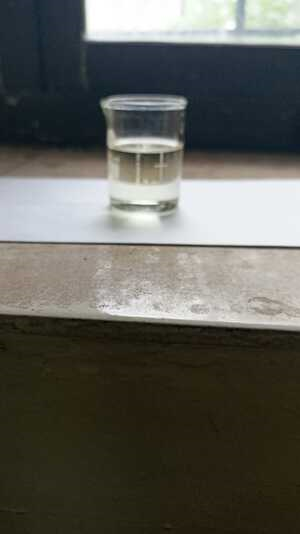 Sidchem BT 20View Details
Sidchem BT 20View Details -
 1572177-89-9View Details
1572177-89-9View Details
1572177-89-9 -
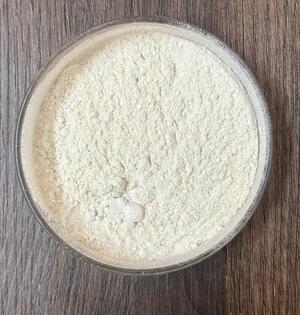 6390-09-6View Details
6390-09-6View Details
6390-09-6 -
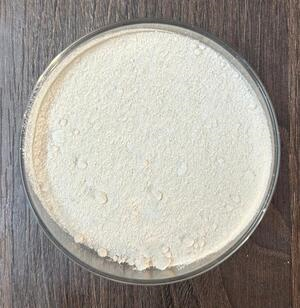 6-Bromo indoleView Details
6-Bromo indoleView Details